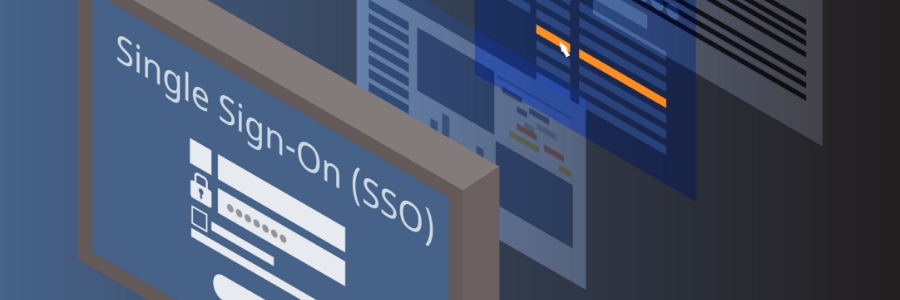Maximizing your digital ROI demands a keen understanding of the tools that power your online presence. For any business venturing into the online sphere, choosing the right web hosting service is a foundational decision. While various configurations exist, shared hosting and dedicated hosting are frequently sought-after options.
What you need to know about web hosting solutions
Securing your cyber haven: A guide to understanding and preventing watering hole attacks
Practical advice for cooling servers and computers
5 Productivity-boosting features in Microsoft Word

Are you harnessing the full potential of Microsoft Word? In this article, we’ll uncover five of its lesser-known features that can enhance your document creation experience, making you a more efficient and productive Word user.
1. Enhance your writing with Grammarly for Windows
While Microsoft Word catches spelling and grammar mistakes, Grammarly for Windows can take your writing to the next level.
Navigate the cloud landscape: Top 7 trends reshaping IT

In 2024, the cloud doubles down on both security and sustainability. Advanced encryption and disaster recovery measures will guard your valuable data against ever-evolving cyberthreats. Meanwhile, green initiatives take center stage, with providers offering carbon-neutral solutions and pushing for energy-efficient data centers.
IT trends in 2024: What to expect for your SMB
The 2024 cybersecurity landscape: What to expect

The future is digital, and with it comes an ever-evolving cyber battlefield. Business owners, prepare yourselves, as 2024 promises a cybersecurity landscape unlike any before. Buckle up as we explore the five major trends defining the digital horizon — from the rise of AI-powered attacks to the blurring lines between the physical and virtual worlds.
Single sign-on: One password for multiple accounts
Fortifying your business against holiday cyberattacks

The festive season is upon us, but amidst the jingle bells and peppermint lattes lurks a silent threat: holiday hackers. As shopping sprees intensify and online transactions skyrocket, cybercriminals see fertile ground for their nefarious deeds. Here are expert insights and top tips to protect your business from holiday hackers.
Firmware updates: A vital aspect of business security

In the race against cyberthreats, every update matters. This includes the often neglected firmware updates. This article sheds light on why updating your firmware is an essential step in securing your business.
What does firmware do?
Before we dive into the significance of firmware updates, it's crucial to understand what firmware is and its role in the overall functionality of devices.





